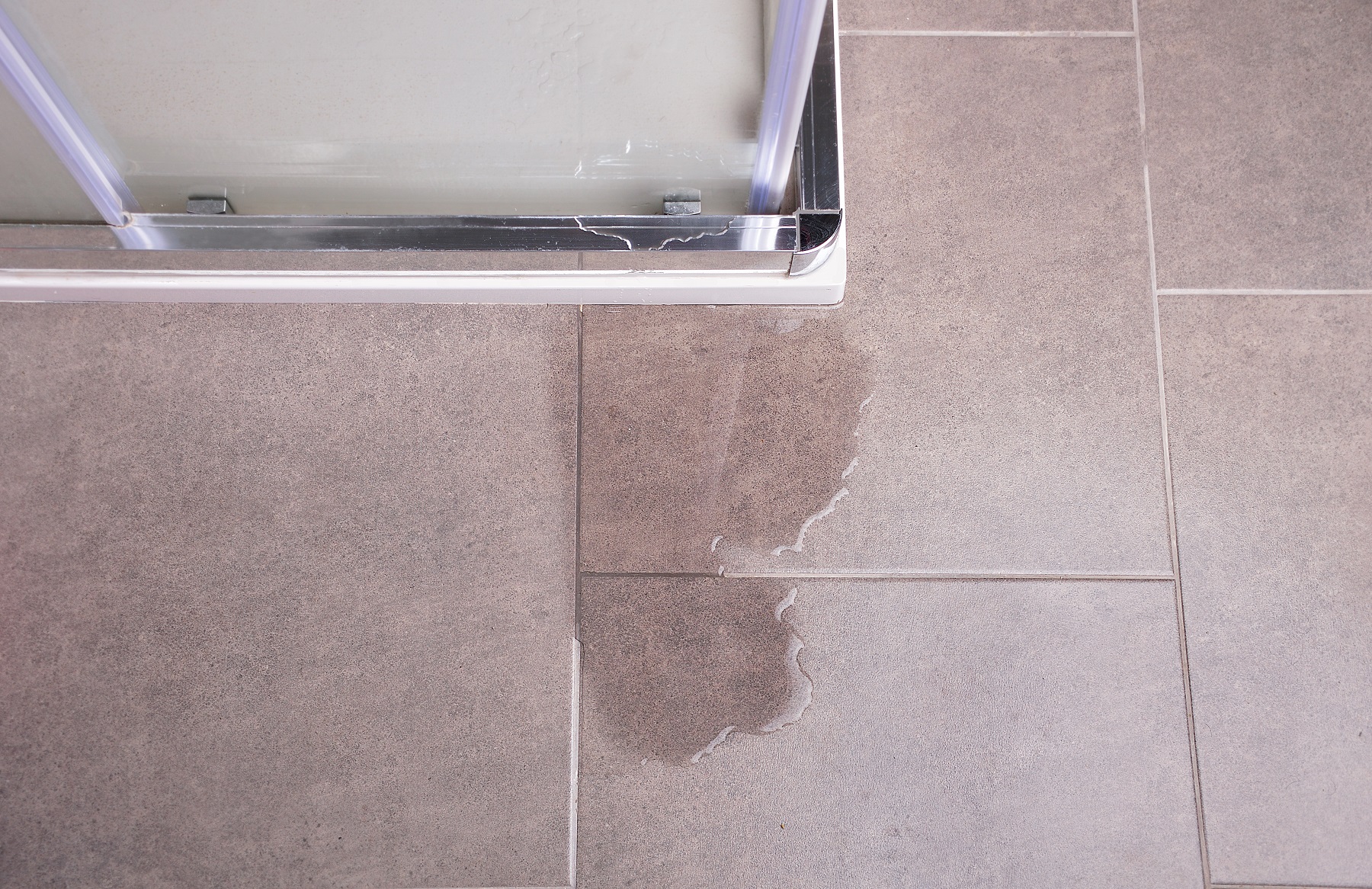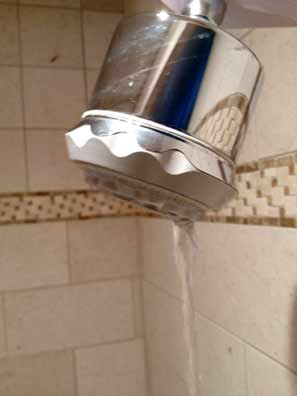Everyone may have their unique way of thinking involving Leaking Bathroom Repair Expert.

Bathroom leakages are annoying as they interrupt your day's plan. They vary in severity depending upon the source of the leak. You should prioritize them, as they can promptly worsen. So, it is an alleviation that the majority of bathroom leaks are simple to take care of and detect, with marginal price ramifications.
Having a water leak in bathroom can be difficult to the homeowner. However dealing with the leak ends up being a simple trouble if you recognize what to do. This article is critical as a residence guide to repairing a water and finding leak in washroom. It does not replace the demand for expert knowledge. The article works as a "first aid" when you need an emergency situation reaction to a water leakage in bathroom.
Detection as well as Repair Work of Water Leak in Washroom
Water leak in shower room typically results from pipes as well as pipe mistakes. You may require a standard expertise of these leakage types to discover the water leak in bathroom.
Dash Leaks
These often arise from water spilling on the restroom floor from the bath tub. It is a consequence of using a poor shower drape or worn bathtub lining. It harms the restroom flooring as well as might cause rot to wooden floorings and shower room doors. The water typically pools around the tub or shower. This might lead to worse restroom damage without timely handling.
What to Do
This restroom leak is the simplest to take care of. You just need to replace the curtains or recaulk the bathtub or shower. You may require to alter these to avoid further damages if the leak has harmed the shower room floor or door. The good news is that you can entail a pipes expert to help with the bathroom fixing.
Bathroom Leaks
Often, water leakages from the commode and swimming pools around the commode base. It is an eyesore in the shower room and also requires punctual attention. In some cases, it results from a loose link in between the storage tank and also the commode. This creates water to trickle from the tank to the flooring. It might likewise arise from fractures in the toilet bowl or a malfunctioning shut-off shutoff.
What to Do
If there hang screws in between the cistern and toilet, you only require to tighten them. Often you may need to reapply wax on the gasket or employ a washroom leakage professional to change used or broken parts.
Clogged Bathroom Sinks
Occasionally, the water leak in bathroom results from sink blockages. This is typically an annoyance to property owners as well as might be undesirable. Obstructions might arise from the build-up of soap residue, hair fragments, or particles that obstruct the drainpipe. It is simple to take care of blockages, as well as you may not need professional skills.
What to Do
You can utilize a drainpipe serpent to remove the debris in the drain and let the stagnant water flow. Drain cleaners are likewise offered in stores and also are easy to use. A plunger is also handy in removing your drainpipe. It is a typical house tool and comes in helpful in removing aggravating obstructions in sinks as well as drains.
Conclusion
Water leaks in the restroom are avoidable events in the home. Maintenance and routine checks help to maintain every little thing in good form. Yet, you can never ever be as well careful, and these occasions still happen. When they do, repair them without delay, or engage the solutions of an expert.
The post offers as a "initial aid" when you require an emergency feedback to a water leakage in bathroom.
Water leak in restroom generally results from plumbing as well as pipeline faults. You may need a standard expertise of these leakage types to spot the water leak in shower room. It damages the restroom flooring and also might cause rot to wooden floors and restroom doors. Often, the water leakage in shower room results from sink obstructions.
Water Leaking in the Bathroom Wall
A GUIDE TO FINDING LEAKS IN BATHROOM WALLS
Paint or Wallpaper Peeling: This sign is easily spotted, so it cannot be missed. A leak in the wall can lead to wallpaper that separates along seams or paint that bubbles or flakes off the walls. Musty Smells: The damp flooring and plaster inside the wall grow an odor similar to wet cardboard as water slowly drips from a leaky pipe inside the wall. You can find leaks hidden beneath a musty odor. Growing Stains: The interior of a wall affected by a leaky pipe sometimes becomes infested with mold. Often, your indicator of a hidden plumbing problem is a growing strain on otherwise clean plaster. Structural Damage: Do not overlook constant moisture inside the walls of bathrooms when ceilings or floors become structurally compromised. Water-damaged walls can damage adjacent surfaces and stain flooring and ceilings. Unusual Discoloration: The wet spots may eventually dry when a leak penetrates deeper inside a wall. The stains they leave behind are paler than the adjacent paint or surface. Dripping Sound: It is common to hear dripping sounds inside walls when water runs down them. A squeaking noise can be heard while turning off a valve in a sink, bathtub, or shower. When flushing the toilet, you may also hear this noise. A GUIDE TO REPAIRING WATER LEAKAGE
Verify The Wall Leak: Shut down your main water supply and note the reading on your water meter. If the meter reading rises after a few hours, the leak is inside the house. In the absence of any changes, the leak may be the result of clogged gutters or drains. Turn off the water: You can turn off the water after you confirm the leak is within the walls. If you’re beginning repairs, drain as much water from the pipes as possible. Find & Fix The Leakage: Locate the wettest area on the wall with a moisture meter or infrared camera. Patch kits can stop the leak, but the fix might only be short-term. In the next few days, double-check the area to ensure the leak is no longer present. Removing mold and cleaning all surfaces: Dish soap and warm water should be used to clean affected areas. Bleach and water are recommended for disinfecting nonporous surfaces. Fan and dehumidifier running will speed up drying time. Remove mold growth immediately from walls, ceilings, and other surfaces. https://wlstaton.com/how-to-find-and-repair-water-leaking-in-the-bathroom-wall/

We had been made aware of that article about How to Check for Bathroom Leaks through an associate on our other web page. Remember to take the time to share this page if you enjoyed it. Thanks a lot for going through it.
Leak-free future? Call.